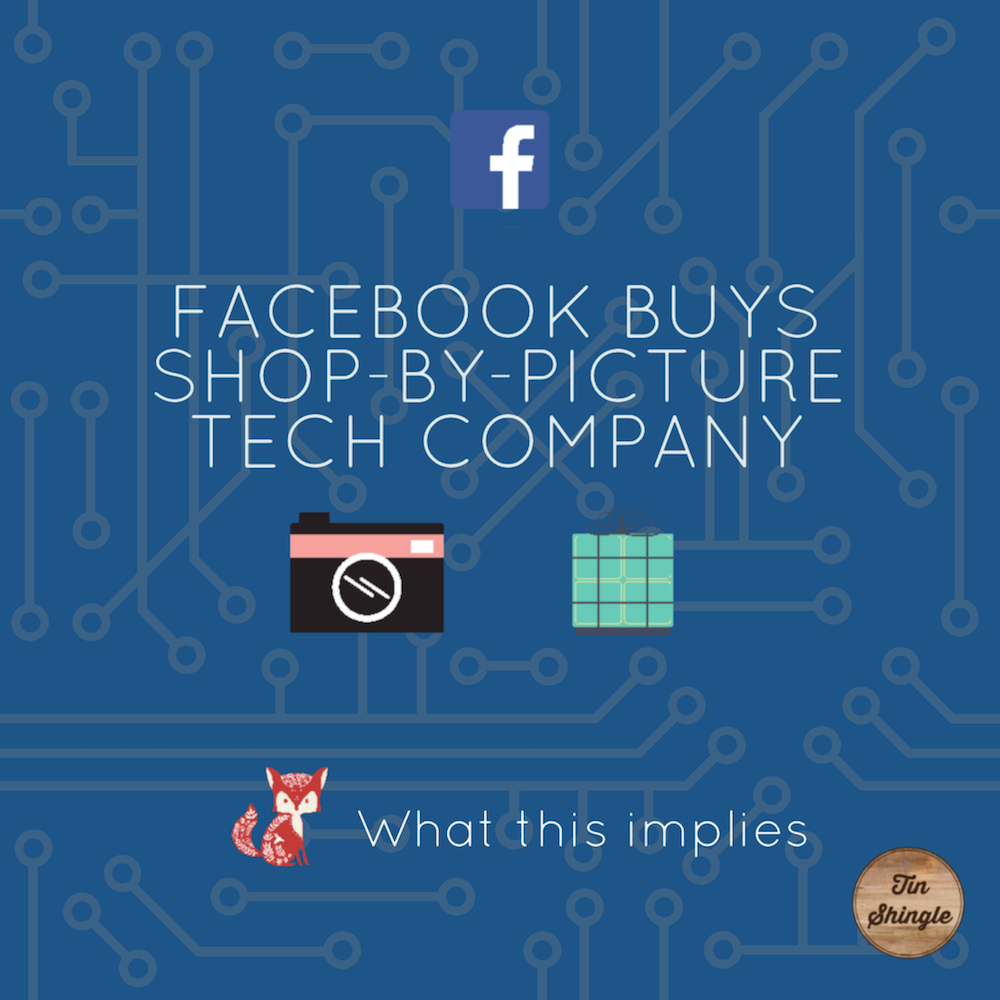For those small business readers of Tin Shingle who are following retail trends because you sell to boutiques and/or to big box stores and are one of those amazing brands that are independently owned yet found on the shelves of big box stores, this news is of interest to you. If you are a retail shop owner, you know this story is of interest to you, as you are living and breathing the delicacy that is retail.
The retail stores of the Papyrus cards are all closing as reported by Business of Home and the New York Times. Retail store trends for big box stores have been trending towards closing, like with half of Pier 1 stores, Macy’s (they are going to mini-malls) and Kohl’s (leaving some big malls and hunkering down in their mini-mall locations). By choice, Sephora is also focusing on the mini-mall experience, and is opening 100 new stores in a micro version, but with a focus on hair products and fragrances. Meanwhile, architect Frank Gehry designed a “sculptural flagship” for Louis Vuitton in Seoul, in partnership with architect Peter Marino.
"We wanted a lantern on the street,” Frank Gehry told Architectural Digest of the retail location. “Something open and inviting.” Are these architects onto something with the “open and inviting” concept? Something that big malls and big box stores have not noticed as they focus on corporate portfolios and systems? Should shops be concerned during this “retail apocalypse” as the media calls it, that they are running out of places to shop? Should Main Street business be afraid?
The Trend For Thoughtful Experiences
Or, is this a trend that is signaling a hunger for thoughtful and meaningful experiences. That people are walking around a mall to do just that - walk around. Get exercise. Connect with other people. Which they could do outside in a park, but some prefer to be inside. Walking around Beacon, NY which is where Tin Shingle is based, sometimes there will be crowded sidewalks, and other times there will be light foot traffic on the sidewalks, but lots of people inside of certain shops.
The Declaration Of Bankruptcy For 254 Stores
Schurman Fine Papers operates the Papyrus stores. “Schurman Fine Papers, which operates 254 stores, including the Papyrus brand as well as the American Greetings and Carlton Card chains, filed for bankruptcy protection on Thursday. All 3 store chains will close, but the branded cards they sell will still be available at other retailers,” according to the New York Times article. Papyrus cards are available at 300 other retail locations, according to the article.
Will Small Stores Thrive?
Retail is fickle. Business is a battlefield. As discount stores continue to cannibalize themselves with brands and pricing, the stores with more unique and thoughtful experiences may survive. This writer stopped going to Kohl’s because their discounts are a joke. They mark up the discount clothing (aka lower quality production of clothing) to a price that is hardly on sale for that level of quality.
We’re not falling for it any more!
Papyrus Cards Continue On
Back to Papyrus. The cards themselves are incredible, and the paper industry at large is always fighting to stay relevant. Shopping for cards at Rite Aid or at an independently owned shop in your town keeps cards on shelves - if you want them.
Papyrus responded to Tin Shingle’s Instagram post with this comment about their parent company for the paper: “American Greetings, owner of the Papyrus brand, has grown the business since acquiring it in 2009 into one of the most recognizable greeting cards brands in the industry. Papyrus will continue to be sold at leading retailers across the US and Canada. ♥️ “
Yay.




